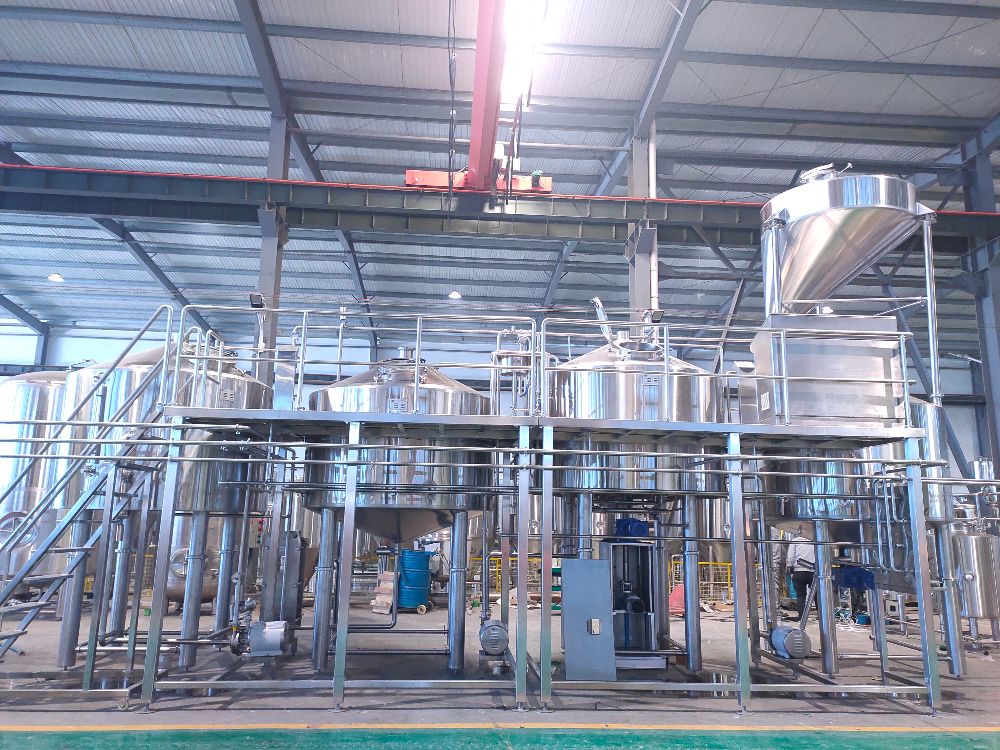The beer yeast recovery time and principles
- Feb 24, 2021
- 85
- tiantai
The brewing yeast recovery in a conical fermentation tank is relatively simple, the yeast recycling time and principles as below:
1. Recovery time
(1) The middle stage of the previous (main) fermentation, at 10°C or 12°C.
(2) When the reduction of diacetyl is complete.
(3) When the temperature drops to 5°C.
(4) When the temperature drops to 0°C~1°C.
The yeast after 7 days is not suitable for recycling any more, because the yeast is stored in beer for long time, now the activity is not that good.

2. Recycling principle
In the late fermentation stage in the conical beer fermenter, the yeast mud at cone bottom usually would subjected pressure of 0.19 to 0.24 MPa. In order to protect yeast, the yeast mud should be discharged under pressure. If it is being discharged under normal pressure, the yest cells may be damaged or even ruptured due to a sudden drop in pressure, that would increase the death rate of yeast. In addition, the suddenly pressure drop would make the CO2 escaping from yeast mud, that will produce a lot of foam and make the white yeast mud brown.
When the residual sugar drops to 3.6~3.8 "P or before the second cooling, the yeast mud being discharged now with strongest vitality. The recovered yeast should be clean, free of impurities, free of bacteria in microscopic examination, neat cells, normal shape, and low methylene blue staining less than 5%.
Edited by Laura
Sales Manager in Tiantai Company
Email: [email protected]
1. Recovery time
(1) The middle stage of the previous (main) fermentation, at 10°C or 12°C.
(2) When the reduction of diacetyl is complete.
(3) When the temperature drops to 5°C.
(4) When the temperature drops to 0°C~1°C.
The yeast after 7 days is not suitable for recycling any more, because the yeast is stored in beer for long time, now the activity is not that good.

2. Recycling principle
In the late fermentation stage in the conical beer fermenter, the yeast mud at cone bottom usually would subjected pressure of 0.19 to 0.24 MPa. In order to protect yeast, the yeast mud should be discharged under pressure. If it is being discharged under normal pressure, the yest cells may be damaged or even ruptured due to a sudden drop in pressure, that would increase the death rate of yeast. In addition, the suddenly pressure drop would make the CO2 escaping from yeast mud, that will produce a lot of foam and make the white yeast mud brown.
When the residual sugar drops to 3.6~3.8 "P or before the second cooling, the yeast mud being discharged now with strongest vitality. The recovered yeast should be clean, free of impurities, free of bacteria in microscopic examination, neat cells, normal shape, and low methylene blue staining less than 5%.
Edited by Laura
Sales Manager in Tiantai Company
Email: [email protected]




.jpg)